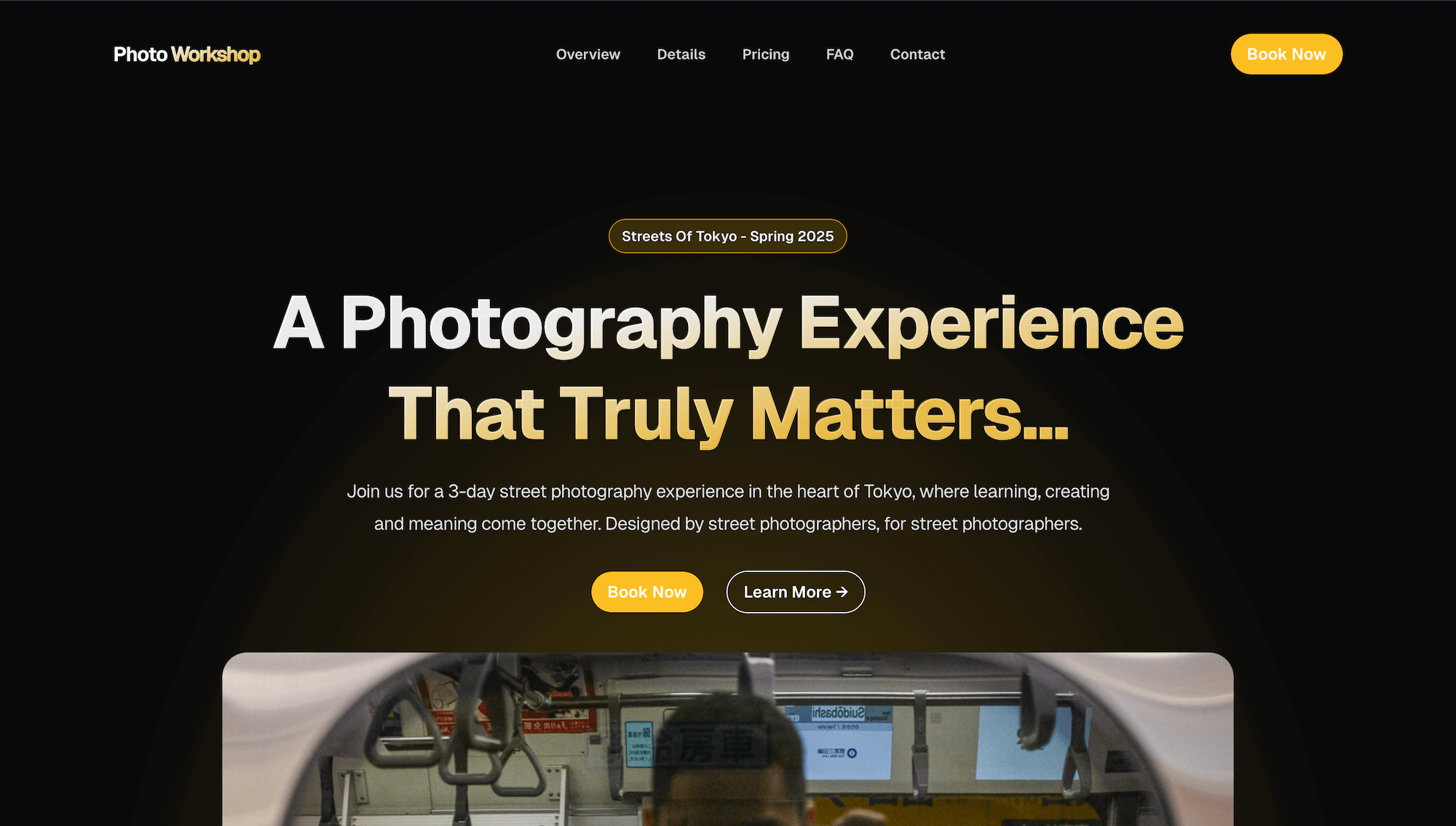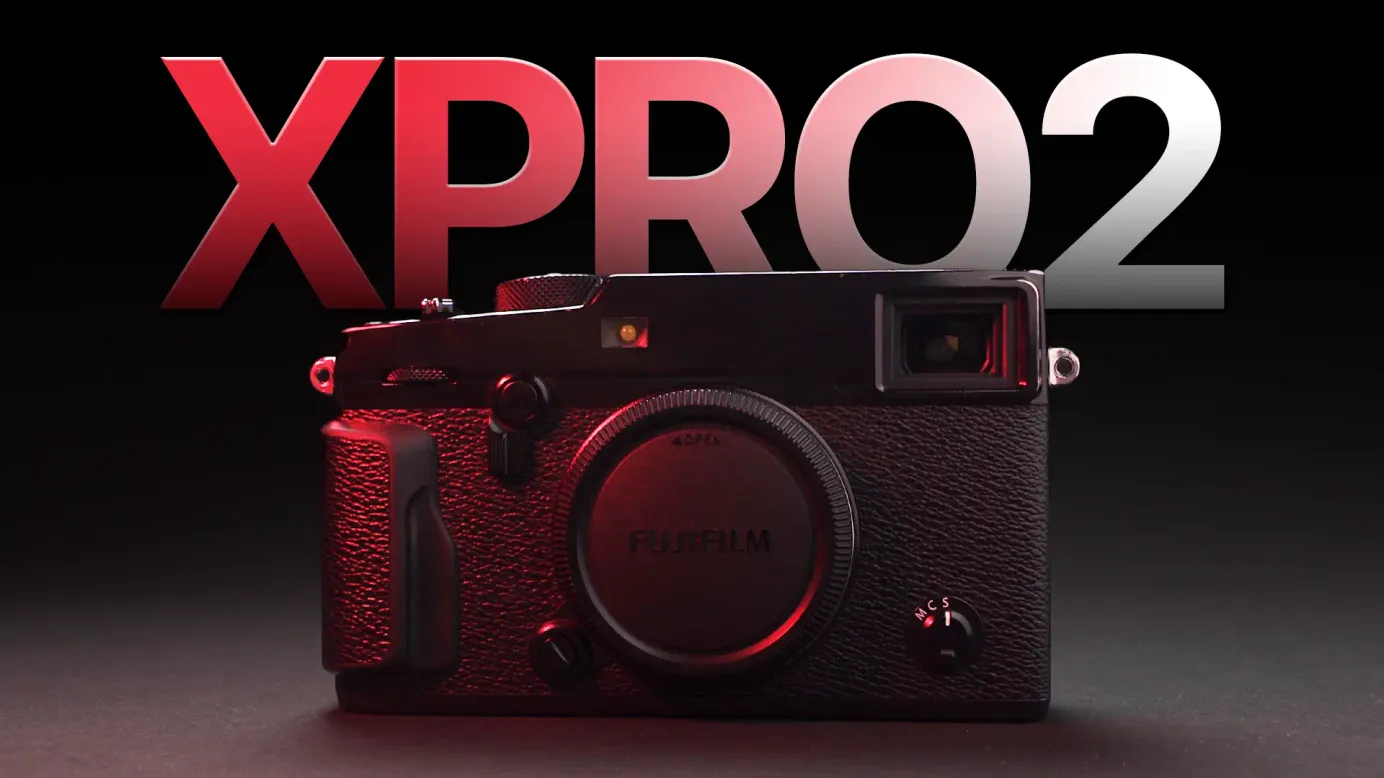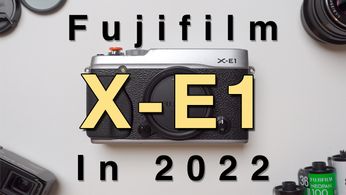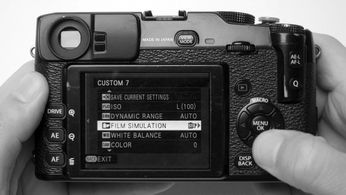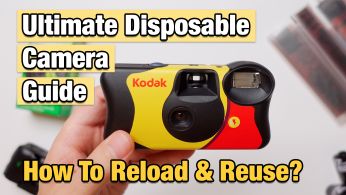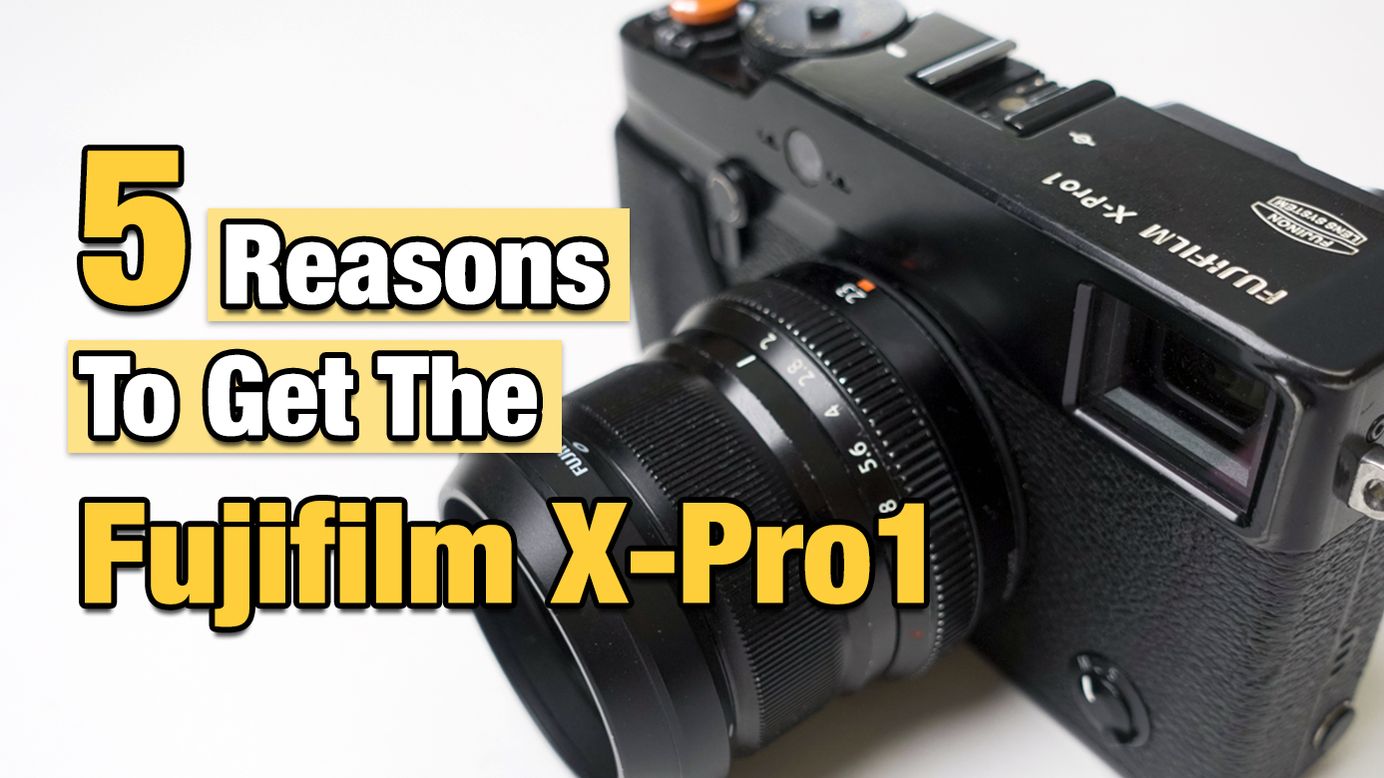
5 Reasons To Get The Fujifilm X-Pro1
Why you should start your photography Journey With The Fujifilm X-Pro1.
Table of Contents
Yesterday's flagship camera is today's best bang for the buck, but the Fujifilm X-Pro1 holds its own weight against time. This is not a review, I already made a full review about this camera and you can watch it right here:
In a previous video I mentioned that instead of pitting the X100 against the X-Pro1 and declaring winners and losers, I would just make separate videos talking about 5 reasons why I would get one camera over the other.
Almost every article and video out there about the X-Pro1 focuses mainly on the price of the camera, and it's a big factor. One of the reasons why I review older used cameras is because it's more accessible for students like me, or people on a budget or limited financial situations, I get it.
But the price is not everything, we shouldn’t buy something just because it's cheap, we have to elaborate on the reasons why. Here are 5 reasons to either start your photography journey with the Fujifilm X-Pro1 or 5 Reasons to get the X-Pro1 over the X100.
The First Generation X-Trans Sensor
Image quality is important, and the X-Pro1 has incredible image quality, we talk about it in detail in my review, but with this camera, what we normally refer to as image quality really just stems from the first generation X-trans sensor.




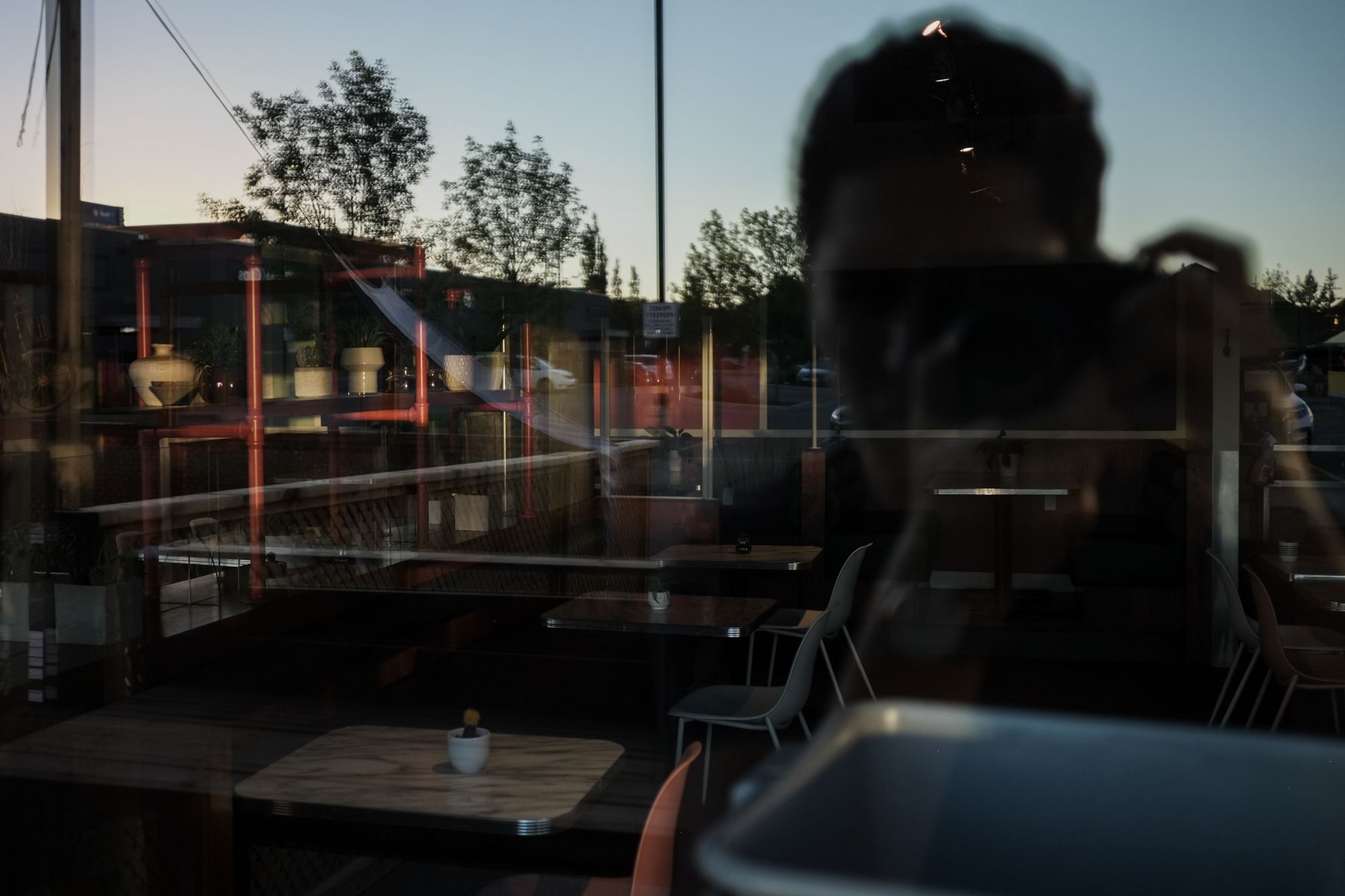

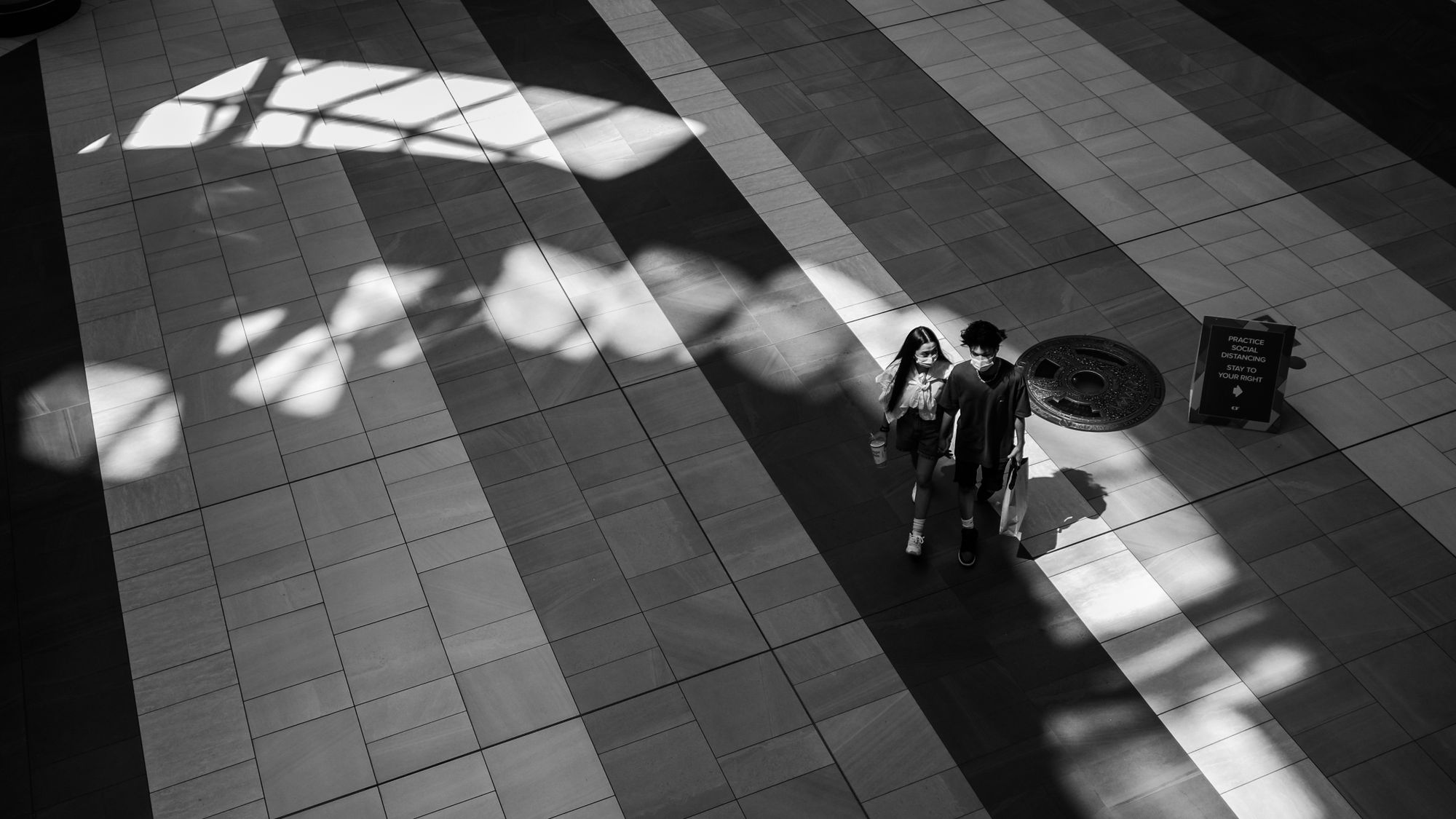

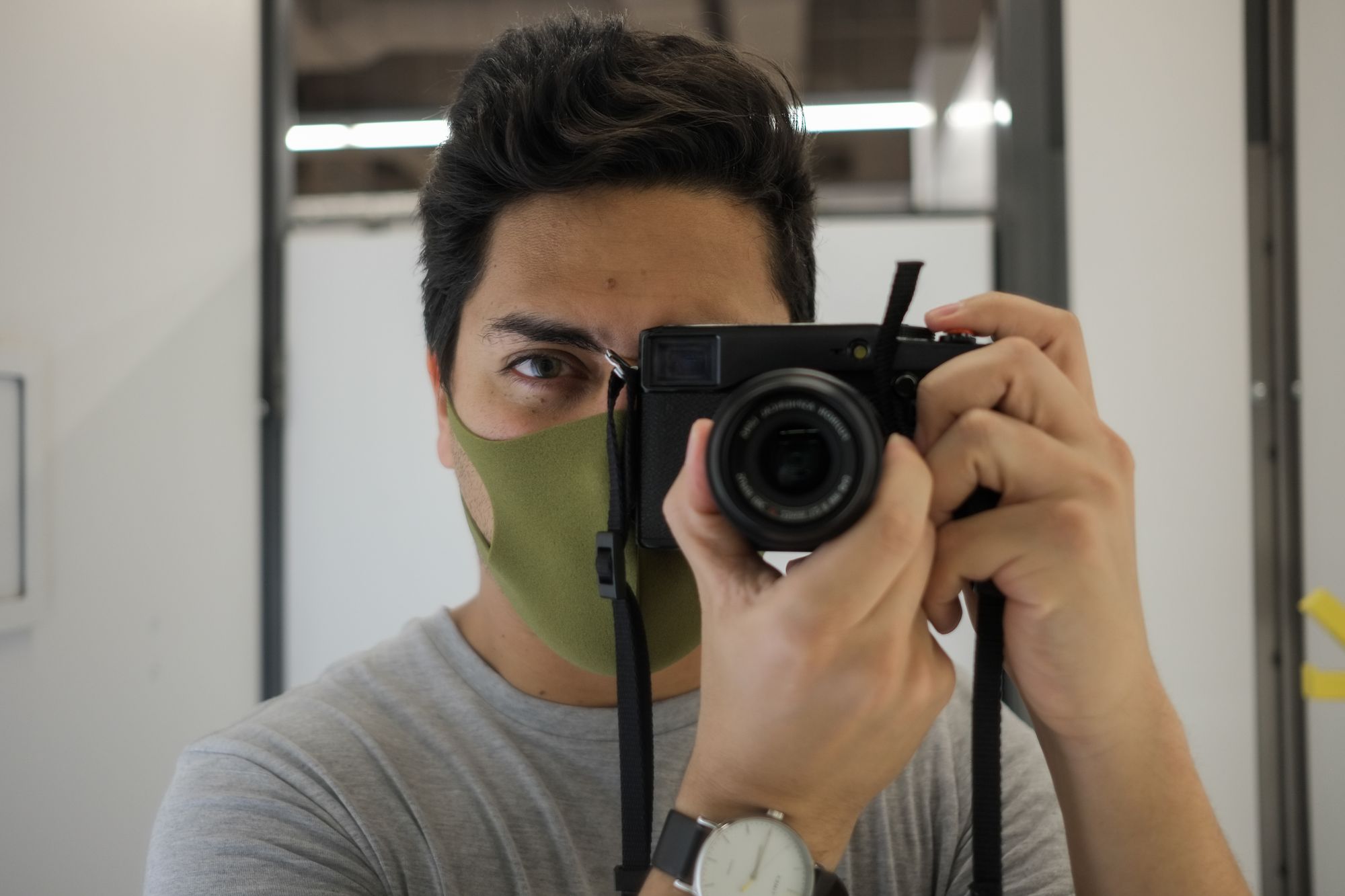
The first X-trans sensor is a huge deal and a clear improvement over the original X100.
- It has an organic look that is hard to replicate on newer, faster "better cameras". Lots of people seem to like the organic look of the X-Pro1 better over their X-T4 or X-Pro3 and that is really something to think about.
It's something that I've asked myself as well, how come I like the results of the X-Pro1 better over the X-T3 that I very briefly owned and returned last year?
Is the X-pro1 objectively better in terms of technology and innovation over the X-Pro3? No, of course not... Do we seem to like to organic look and results of the X-Pro1 over the clinical clean look of the newer cameras? Yes, or at least I do.
- This sensor gives you more flexibility to manipulate your colour profiles and custom film recipes and simulations as well, at least compared to the original x100, which is the most important thing about this camera in my opinion.
Giving my Xpro-1 a custom recipe that replicates the classic chrome film simulation makes me incredibly happy. I've talked about these sites in my review, but basically Fuji weekly and the x100P Instagram account are my go-to places for recipes.
So we're starting to see how it's not a conversation about it's a cheap camera, therefore buy it. It's more than that. Depending on your personal preference and taste, the first x-trans sensor could be a clear advantage to you, and the main reason to get this camera over the xpro3 for example, and I completely understand why.
The Design & Aesthetic Matters
We'll talk about ergonomics and feel later in the post, but the design of this camera is just beautiful. Great to look at, great to hold, it can inspire you to try to do just a little better than last time. And that matters as well.
I really dislike clichés, I really dislike hearing that the best camera is the one you have with you. That is not the case, the best camera is the one you enjoy using, I made a video about it that you can watch right here:
Of course usability matters, image quality and the value-to-cost ratio. All of these things are important. But you also have to want to use the camera, you have to enjoy using the camera. Some people really love specs and all that, and some might even tell you that getting the X-Pro1 is a waste of money and that you need the latest soulless mirrorless computer.
But If you really enjoy using the camera, and you really enjoy the results you get from it, And it makes you want to go out there, and it makes you happy, then you have to ask yourself: Isn't that enough?
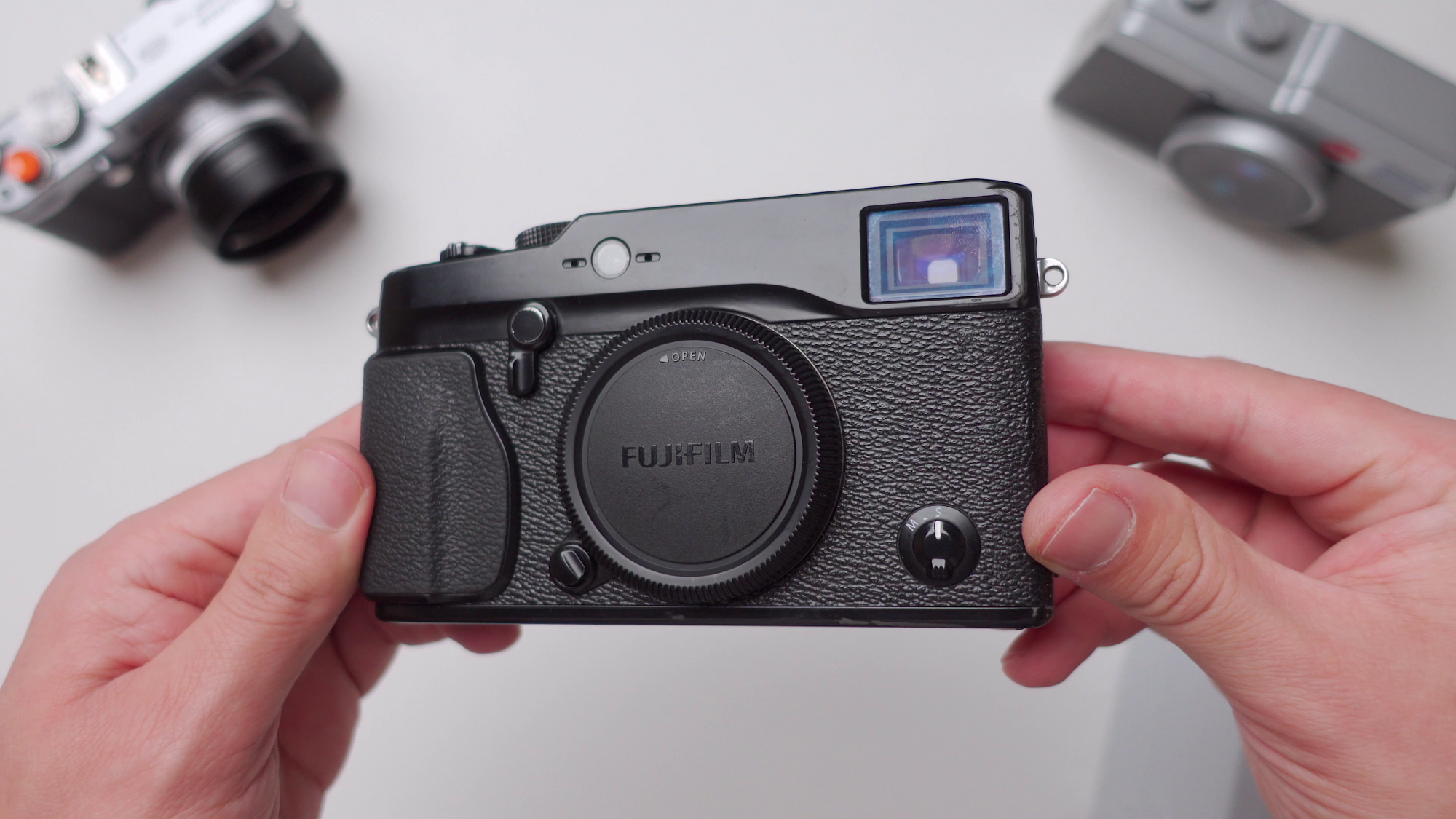
So yes, the design & the aesthetic of the camera you're using matter. And this one right here is SEXY AF.
The Hybrid Viewfinder
This reason is shared with the x100, and If you've watched my videos, then you know that I personally prefer rangefinder-style cameras.
Having the option to choose between the electronic and optical viewfinder is all that I ask for, It's how I prefer to use my cameras, It's how I prefer to live in the moment and dedicate my full attention to my craft.

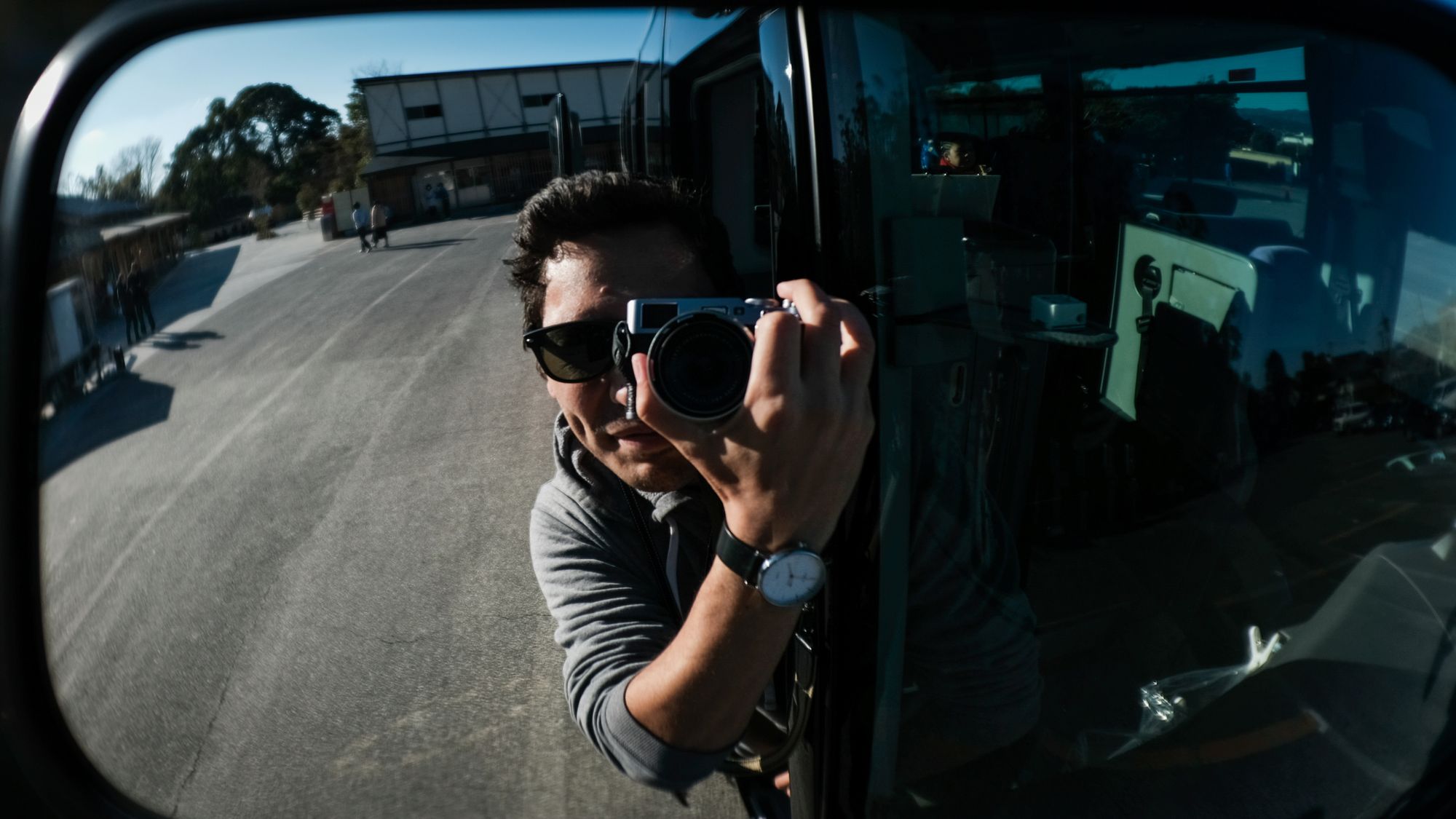
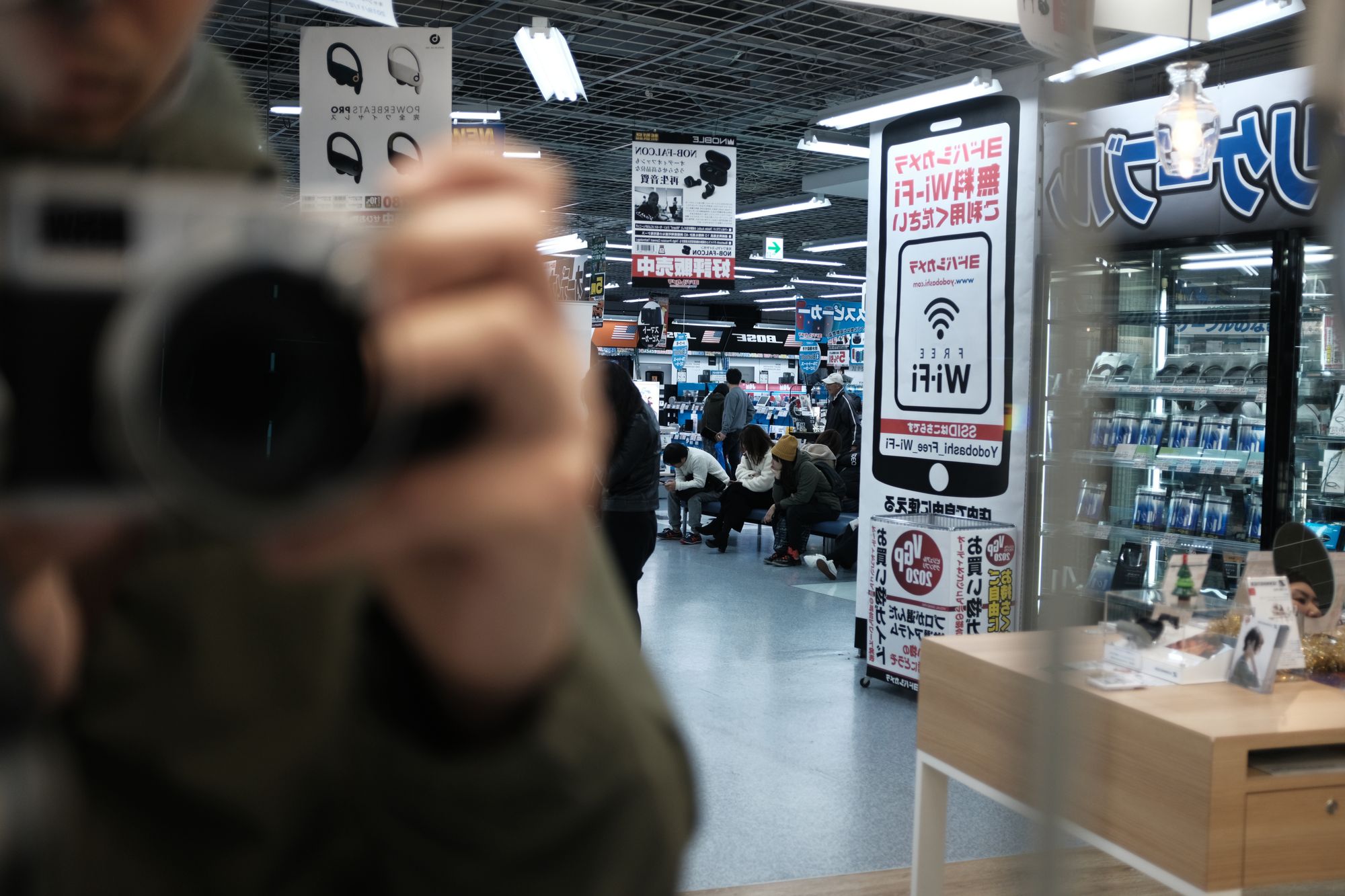
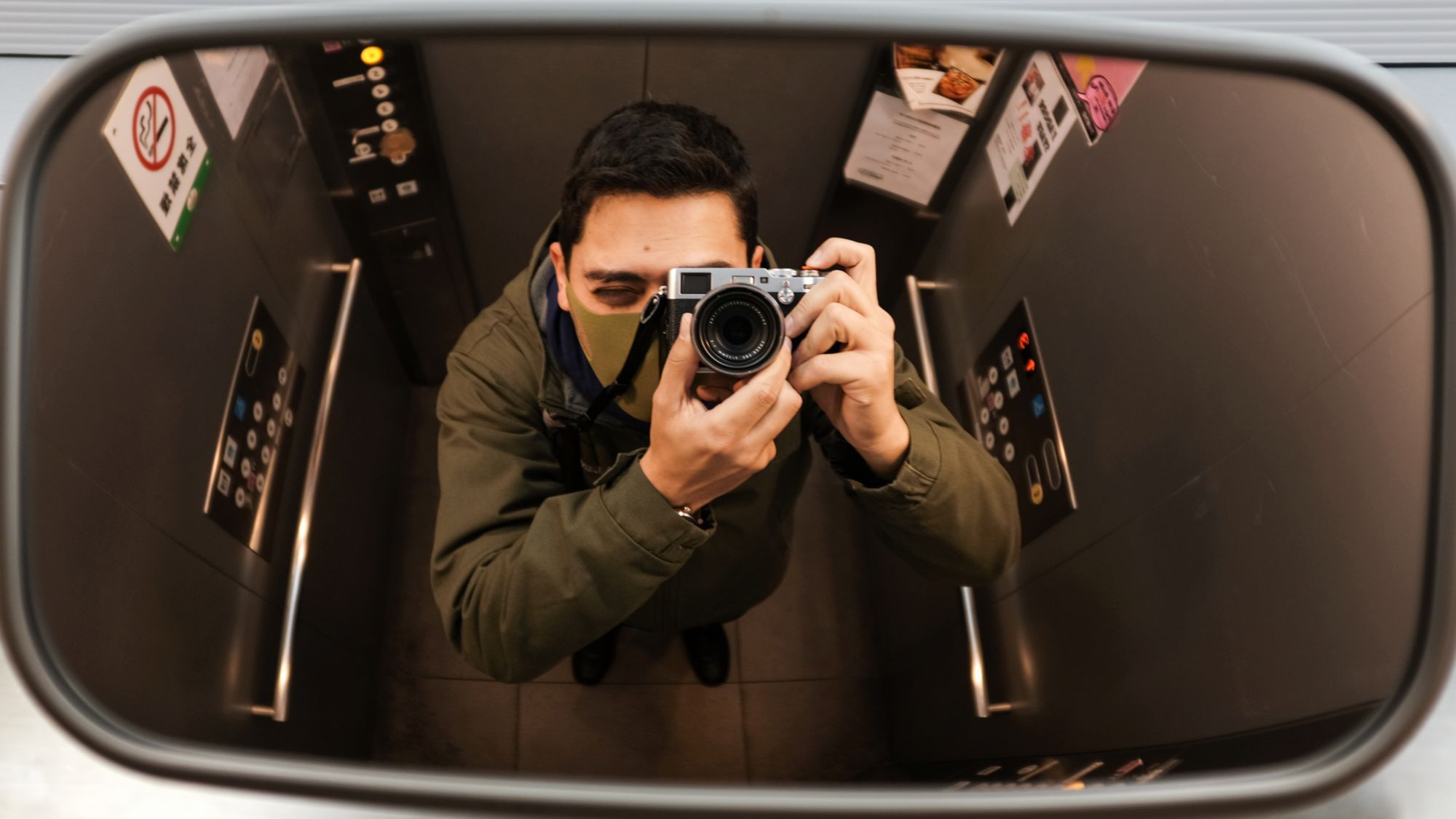
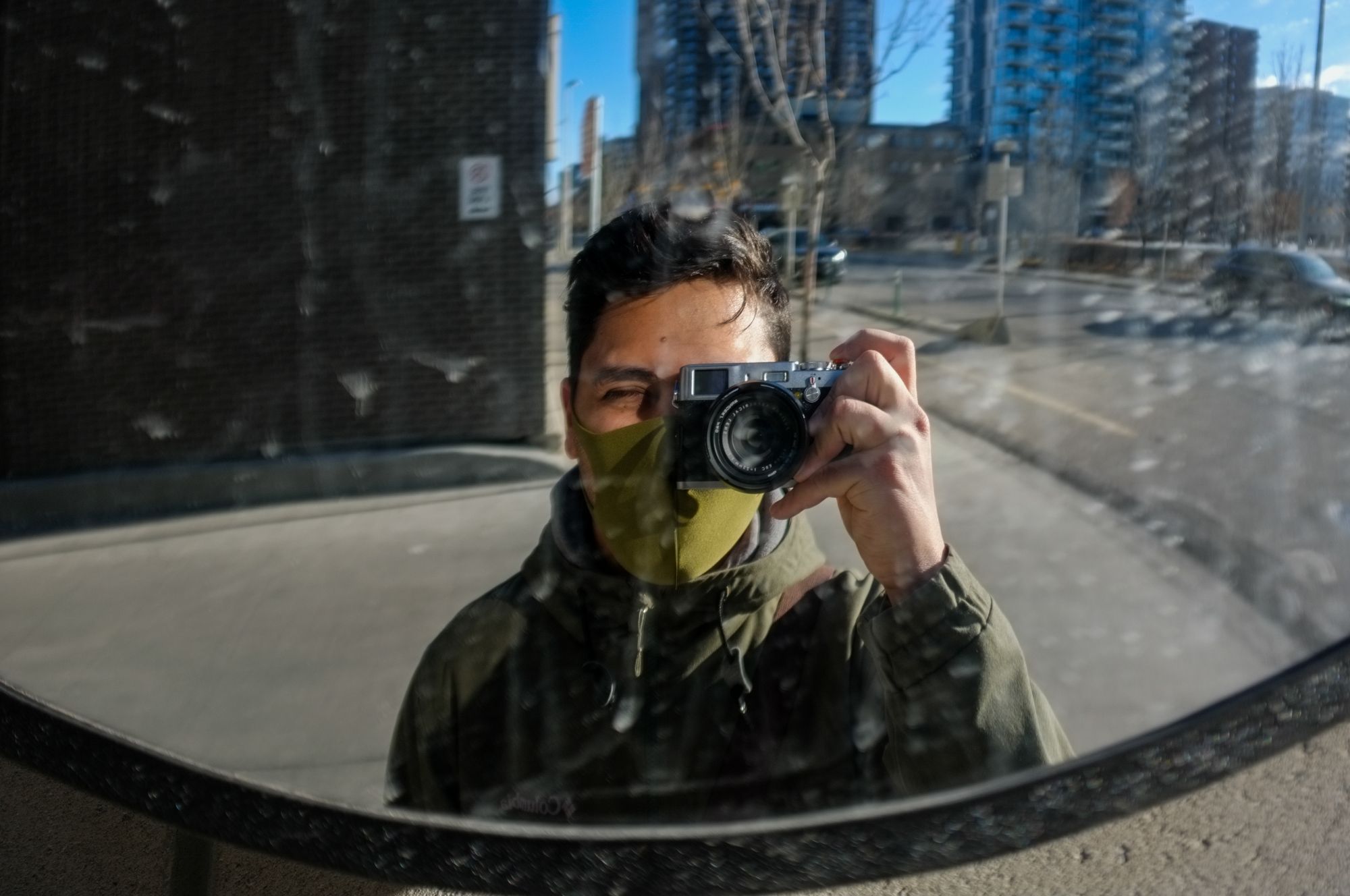
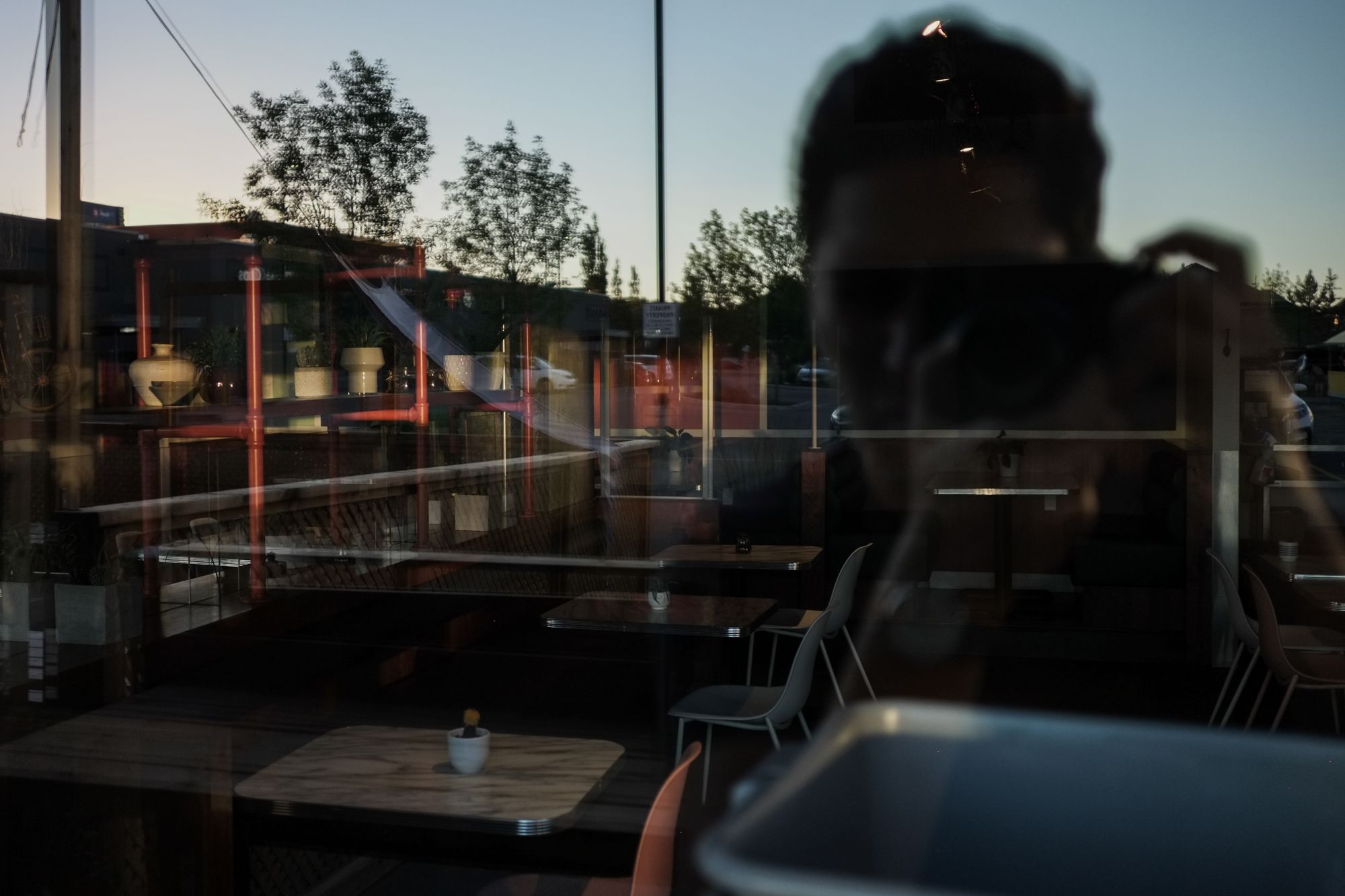

Choosing the EVF and displaying every single setting you need for shooting, and perhaps seeking refuge from the bright sun. Or choosing the OVF for a more minimal experience, perhaps a classic analog day of shooting black and white. But what matters above all, is having the option to choose.
Just like the x100, when you shoot with OVF the battery will last all day, which is a huge plus in my opinion. I'm not a fan of the lack of a diopter and the need to hunt down correction lenses.
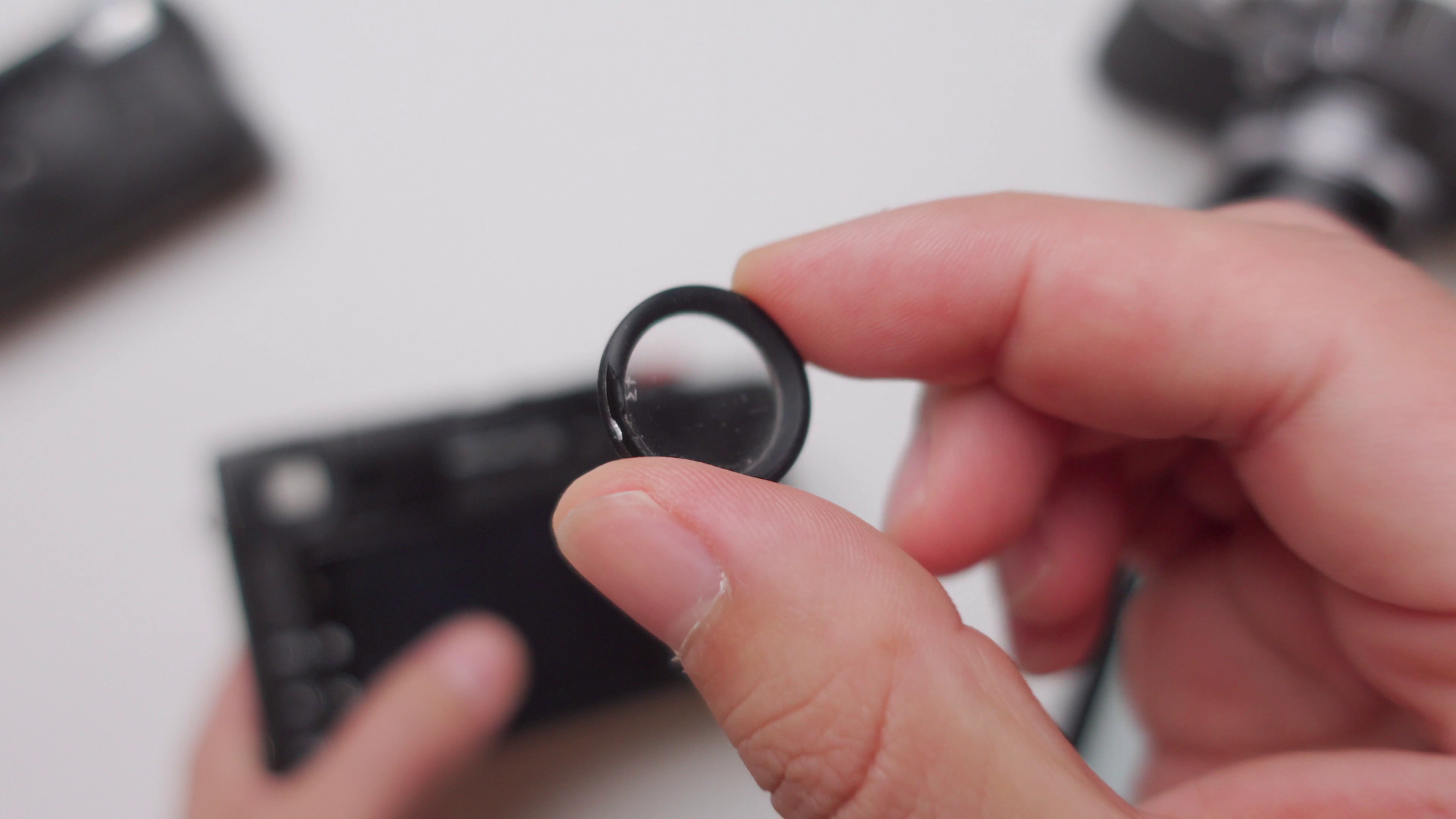
And for those who have asked, it's not comfortable to use this camera with glasses. I personally don't need to wear mine when I'm outside. So try your best to find the proper corrective lenses for you and that will make the shooting process a lot more enjoyable as well.
Ergonomics & Camera Feel
The X-Pro1 is very robust and beefy, which makes it feel quite durable. It has manual knobs and dials like most Fujifilm cameras, and the grip and ergonomics are a lot better than the x100, it feels a lot better to hold for extended periods of time.
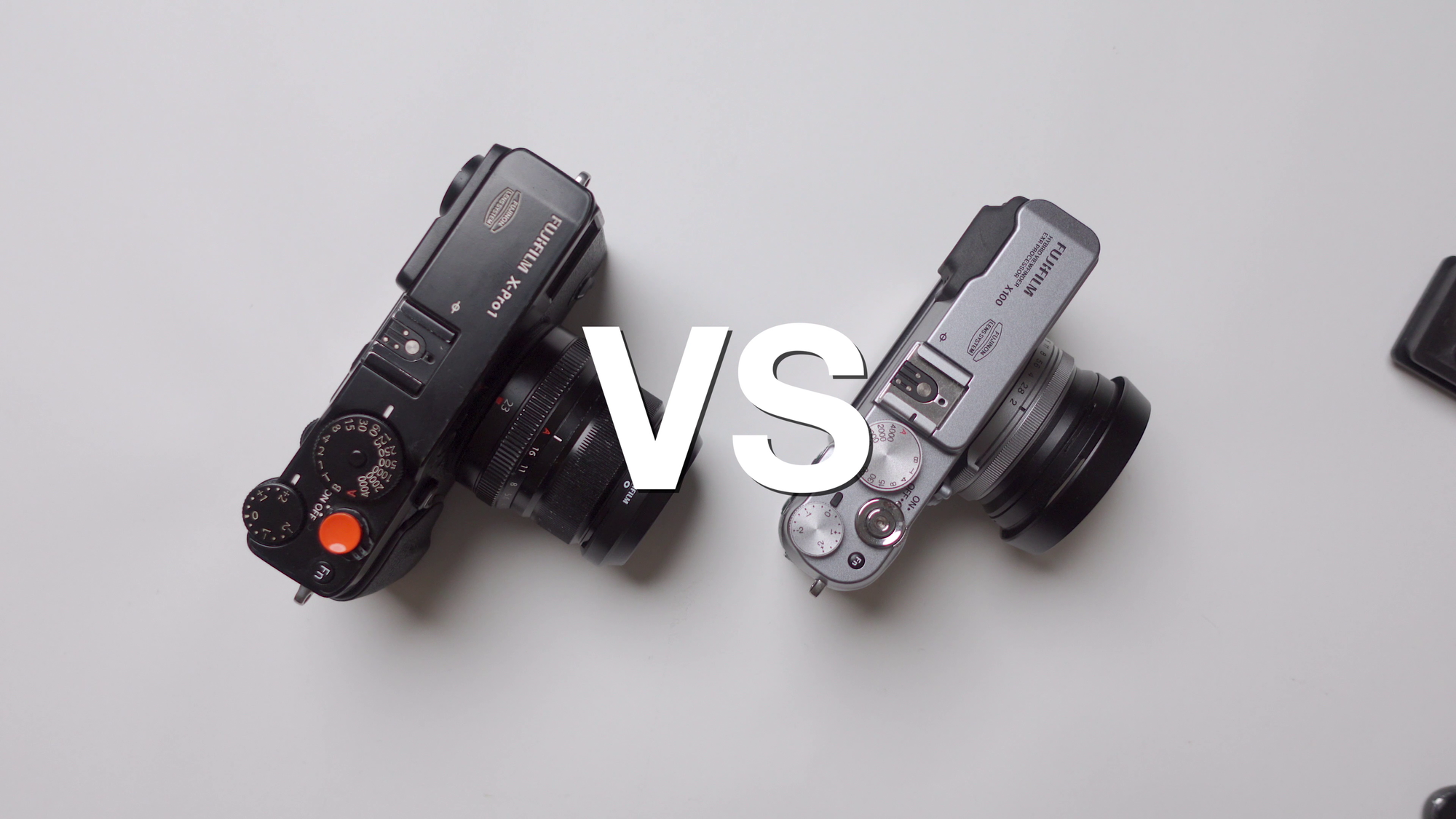
Especially compared to the X100. After holding the X100 for over 2 hours, my hand starts to hurt a bit, and I have to wear the camera often with a strap to let my hand rest.
The X-Pro1 is larger and heavier when you add a lens, so the X100 wins the portability and compact size award, however, the X-Pro1 feels a lot better to hold in your hand, and feels more comfortable which will make a difference when you're holding it for extended periods of time.
Interchangeable Lens Mount - X-Mount
I started my photography journey with the X100T, so having the option to change lenses was not something I had to think about. However, having that option creates a lot of possibilities that scale up or down depending on your needs and goals.
A lot of people just assume that the advantage of changing lenses is to have a 5-7 lens kit and camera bag and carry that with you, and always end up using the same 2 lenses, over and over again. But that is not what I mean when I say scaling up or down depending on your needs and goals.
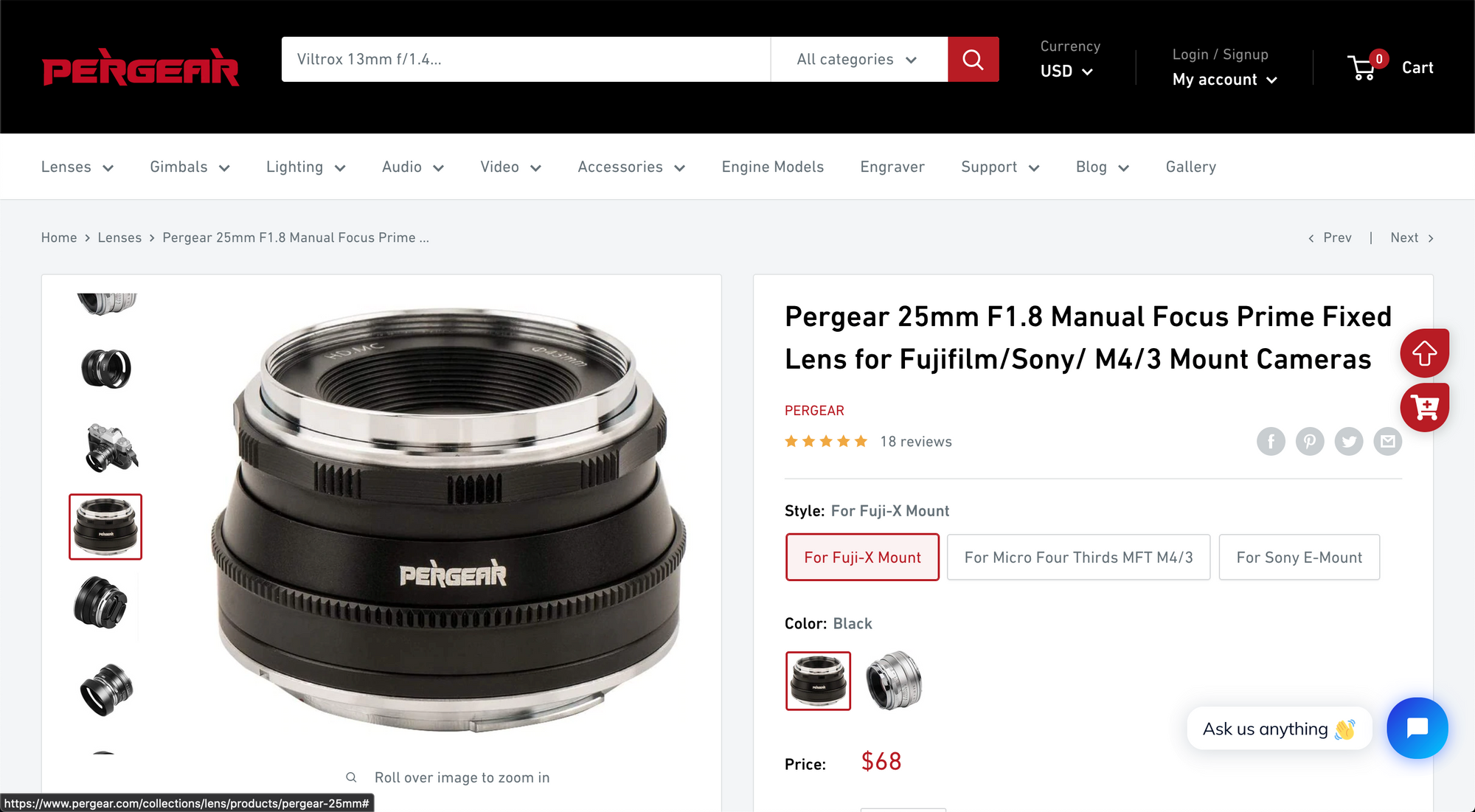
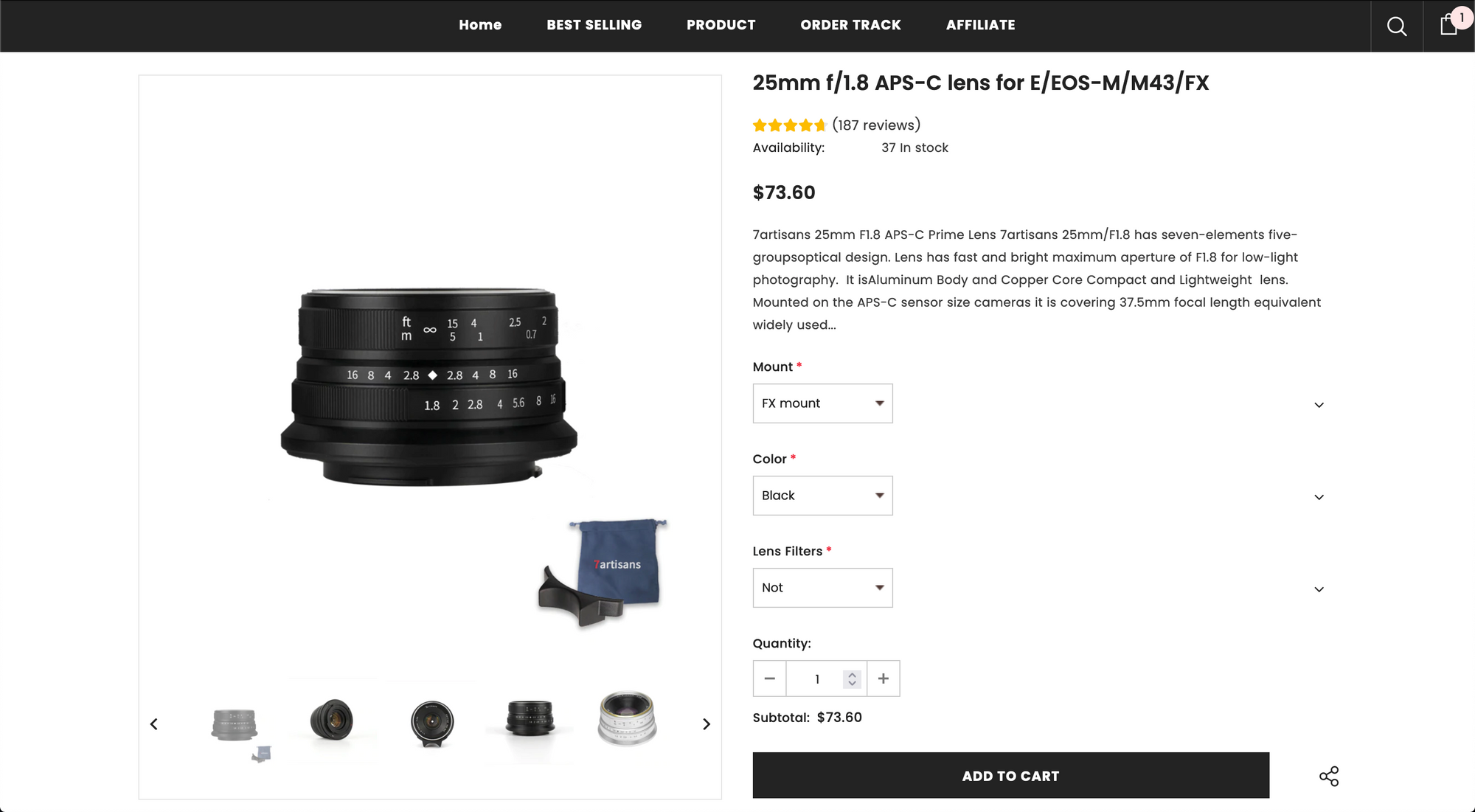
For example, Are you on a budget and can't afford much? No problem, get a 25mm Pergear lens or a 25mm 7Artisans lens for under 70$ dollars. Great quality for the price, and it's enough to get you going.
Do you want to try to get fast autofocus on an older camera like the xpro1? then get a Fujinon F2 lens, the same 23mm focal length, for example, it will definitely help with your focusing speeds.
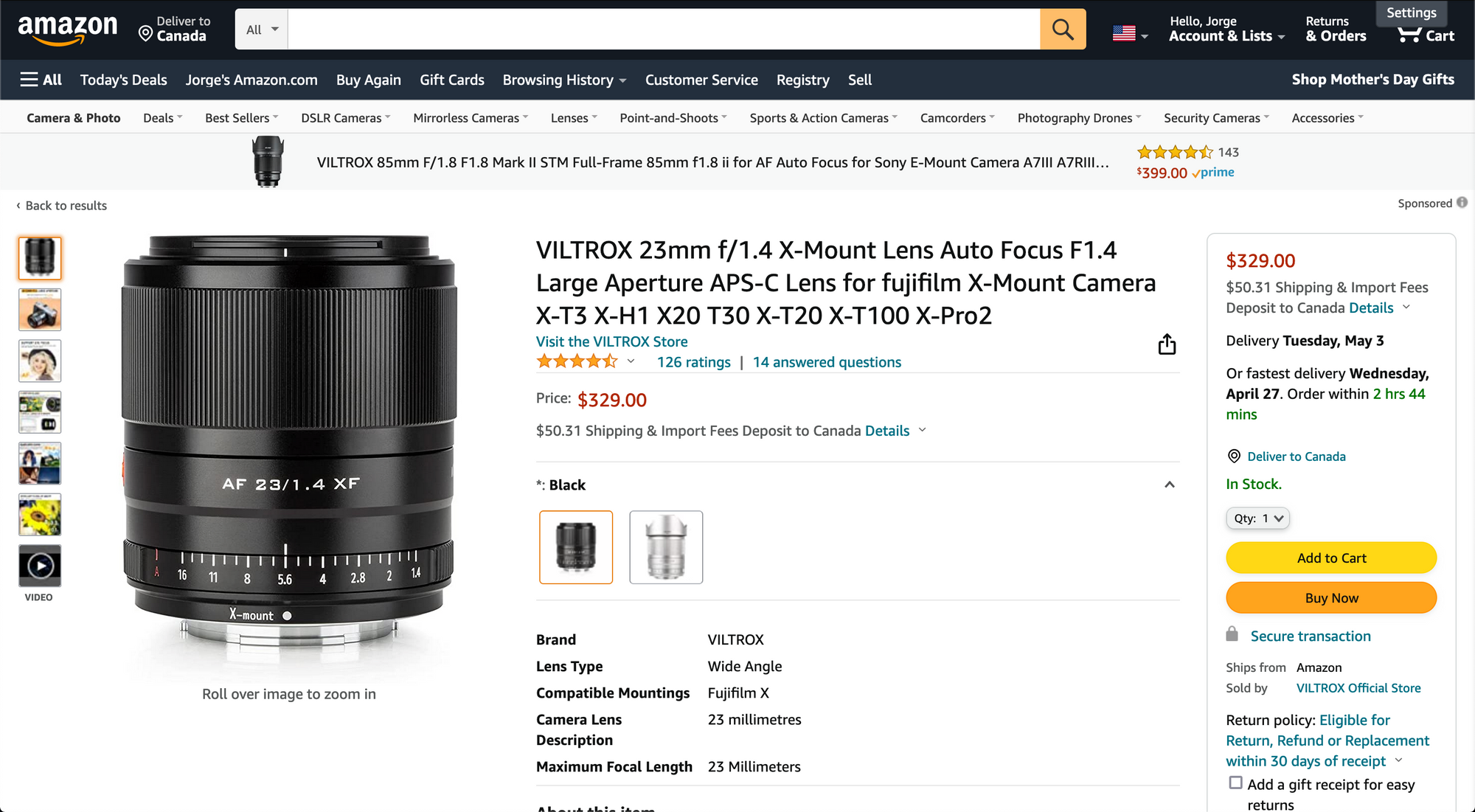
Do you need more light but cannot afford the premium Fujinon F1.4 lenses? then get the Viltrox 1.4 lenses, the same 23mm focal length is available, decent quality for a reasonable price.
Or do you want to shoot with manual lenses? maybe something that resembles the Leica experience? then adapt lenses and shoot with manual focus only. You have options, and you can try different things to find your preferred style.
That being said, is a great thing to try new focal lengths, it can revitalize the camera and make it feel fresh and new again. And that could potentially help you maintain your motivation to keep shooting, or try new things and don't let things just stagnate. The point is that having options matters.
YouTube Video
So, whether you're considering starting your photography journey with the pro1, or you already started and are considering this camera over the x100. The X-pro1 is a great option and I highly recommend it. This is a summary of my YouTube Video, you can watch the whole piece here:


